Meet the female greenkeeper inspiring other women to join the profession
Despite a wide-ranging career background from business management to equestrian biomechanics, it was Anna Nilsson’s love of golf that meant she moved 1,000 miles to take up a greenkeeping role at The Belfry – a job she both loves and one she hopes will inspire other women to take up. Here she details her story.
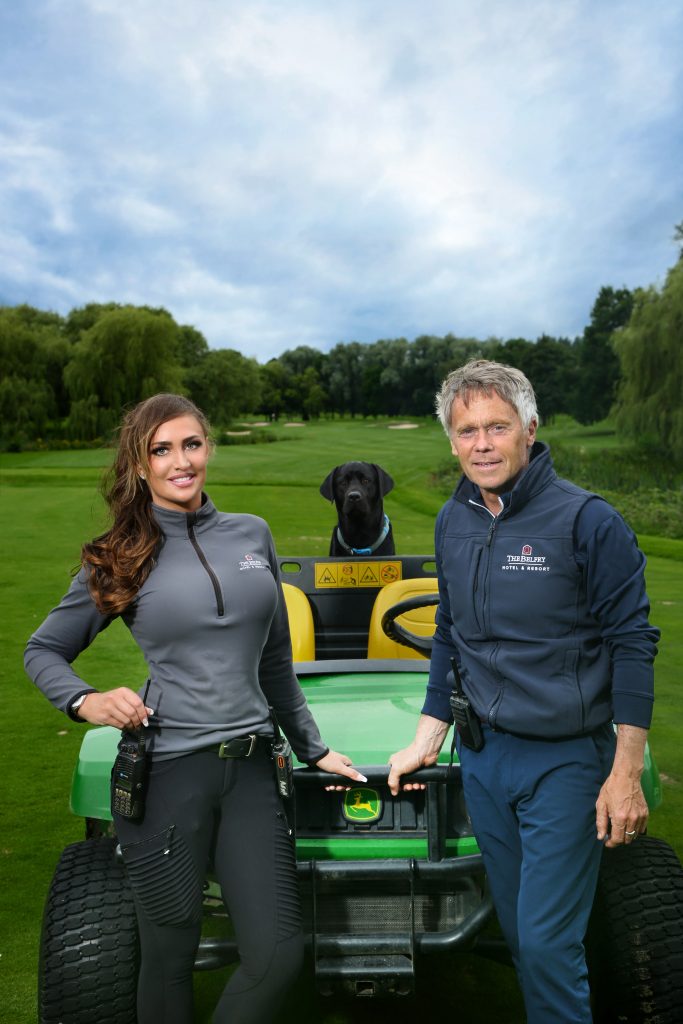
Anna Nilsson, Alvin and Angus Mcleod
Nestled within a large part of the Warwickshire countryside, The Belfry is one of the world’s most prestigious golfing destinations; its Brabazon course having hosted the Ryder Cup on four occasions. The venue, also headquarters of the PGA, has two additional golf courses, and now it has something still all-too-rare in British golf but growing – a female greenkeeper, and, in Anna Nilsson, someone who is passionate about the industry.
We caught up with her, and with Angus Macleod, The Belfry’s director of golf courses and estates, to find out about Anna’s career, and how she is contributing to the maintenance at this world-famous venue and, perhaps, inspiring other women to join this industry.
Anna Nilsson
Hi Anna – how did you end up working in greenkeeping?
I was born in the north of Sweden at my family’s agricultural farm which now breeds moose and reindeer. We moved, when I was young, to Italy, and then Yorkshire and then settled in Wales, where I grew up and spent most of my life.
My background is in breeding, competing and selling horses and showing dogs. We always enjoyed spending time at golf courses, and I had golf lessons at the Celtic Manor Resort and at some local golf clubs when I was younger.
I have a wide background in business management, welding and heat certificate, politics, law, PA, bookkeeping, animal and equestrian biomechanics, biology, medicine and HGV, but the only consistent thing in my life after horses was golf. I’m no Annika Sörenstam, so I had to rethink my career move and how I could keep the golf course as my office, and my partner was an assistant head greenkeeper, so it felt it was the natural way to go.
We moved back to Sweden where I worked on several golf courses over the years and gained a variety of experience working in snow as well as fixing moose and wild boar damage on the course.
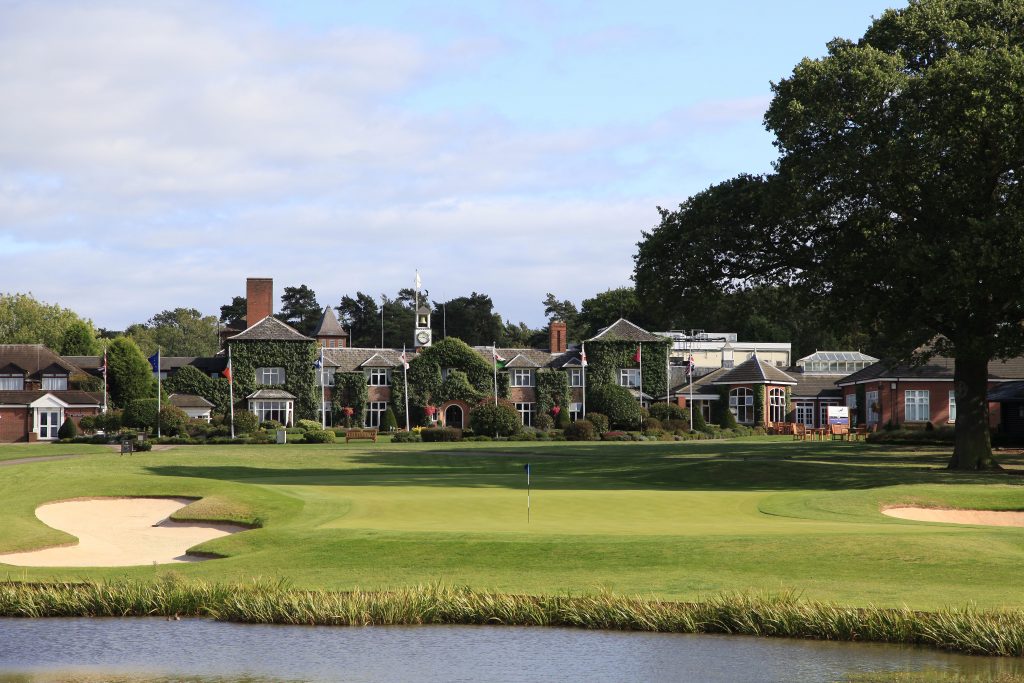
The Belfry
Congratulations on becoming a member of the team at The Belfry! How did this come about and how do you feel, having settled in?
Why thank you Steve! We visited The Belfry many years ago, and it has always been special to me as a guest, having held four Ryder Cups, 16 European Tours and many iconic moments in golf which you can still feel in the golf course atmosphere. So, I thought to myself, which courses in the UK do I want to work at? I couldn’t progress any further at the club I was working at and I wanted to be challenged. I also wanted to move closer to my friends and my family in the UK, so I put my FBI skills to the test and hunted down The Belfry team and began messaging them and sent my CV. Once I got offered the job, we packed up with our four horses, our dog and two cats and travelled the 1,000 miles to The Belfry. It is one of the best decisions I’ve ever made.
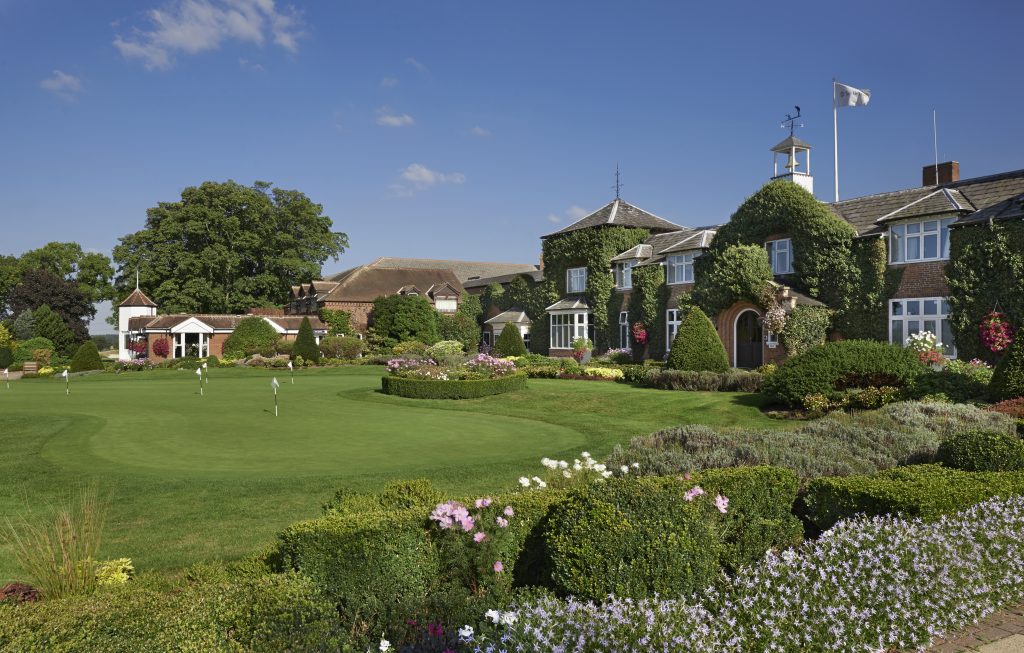
This was a massive change! What were your reasons for this, what have been the benefits you have experienced and how is it working out for you and the team?
I may have taken on a lower position, but I have upgraded with the golf course. I wanted to get a foot in, I am getting to know the skeleton and frame under The Belfry with the water resource and golf course project manager, Duncan Brooks. I’m having a little bit too much fun working with the team that I feel guilty being paid for it!
It’s a high tempo, we strive to produce a high-end product and the more pressure it is the more I enjoy it. Oh gosh, how is it working out for the team members? I compare myself to a happy, slightly disobedient and slightly over excited labrador with a treat addiction. I feel like I am on vacation!
Having good management is so important, and I couldn’t ask for better bosses. Angus wants to produce turf managers, and he is supportive to everyone in the team. He isn’t threatened by teaching his trade secrets to his seniors as some supervisors are. I have worked beside and with course managers with top competitions under their belt, but I’d rather be known as an Angus Macleod’s protégé.
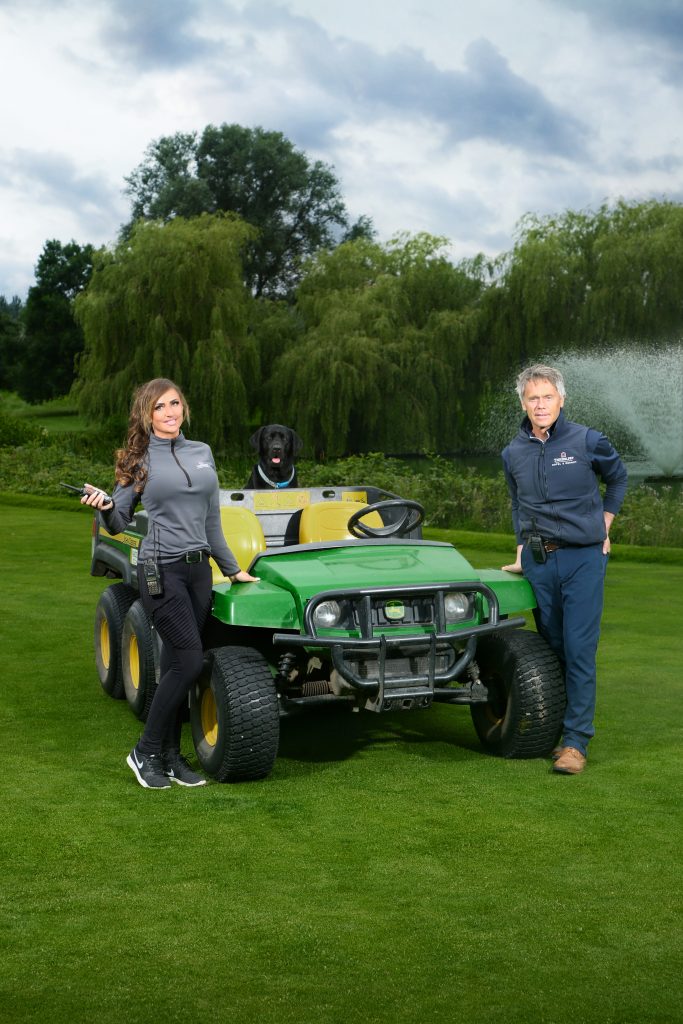
What would you say have been the biggest challenges you’ve faced in pursuing your new career path to date and how have you overcome these?
I’ve had one challenge, 10 years ago I was told by a course manager that I didn’t have the brains to be in his greenkeeping team (actually my IQ is in the top two percent of the Scandinavian population according to Mensa but, you know). I landed a better job that got me more opportunities, so it worked well to connect the dots looking back after a while.
I don’t have problems or challenges; I think it’s mostly about your own attitude. We often make our own opportunities and our own problems or challenges.
Golf courses can present dangers – you have personally experienced this and suffered a considerable injury when struck by a golf ball in Sweden. What were the circumstances that led to the accident and what impact did this have?
We were out on the yard fixing a Toro, and someone hit a hard drive and it caught my head just a couple of centimeters from my temple!
I was out for a day, and it took a couple of weeks until I could stand or move, and I had a headache for a few months after that. I was back at work after three or four weeks sporting a lovely bald patch. The player who had hit me thought he had killed me, so he went in shock, and someone who came to help but threw up due to the shock – so it was probably a funny scene to witness!
Following the accident, we contacted the Swedish greenkeepers’ association to get the golf association to send out a reminder to mind course workers while playing golf.
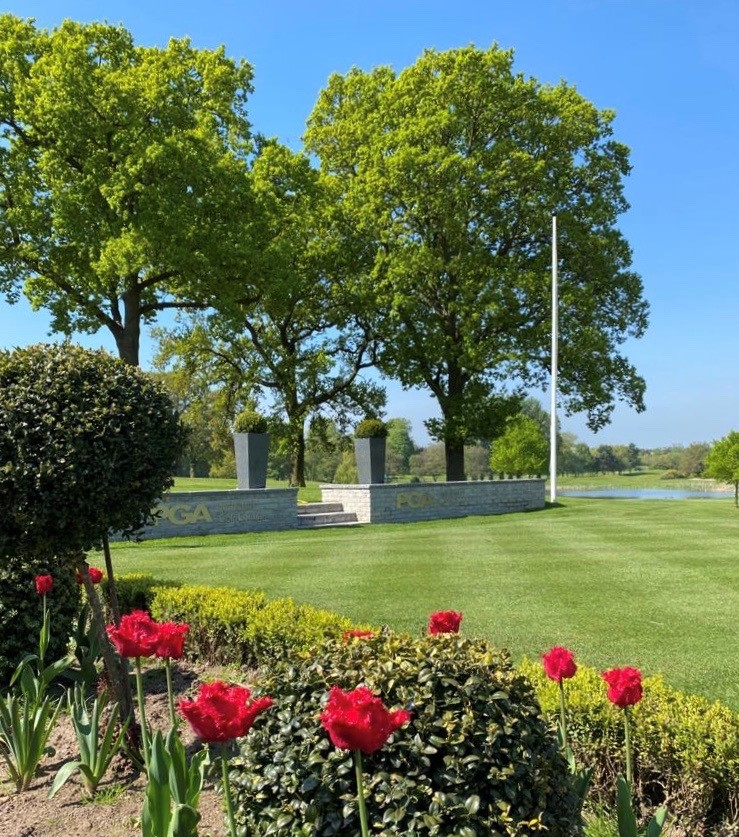
Greenkeeping teams in the UK are still almost entirely male-based. How have you found working in a team of guys; what would you say are the pros and cons?
The pros are that we have good banter and I have several brothers from another mother, it’s all good! I’ve made so many lifelong friends. Cons are … there are none. It’s not about gender really, it’s about people.
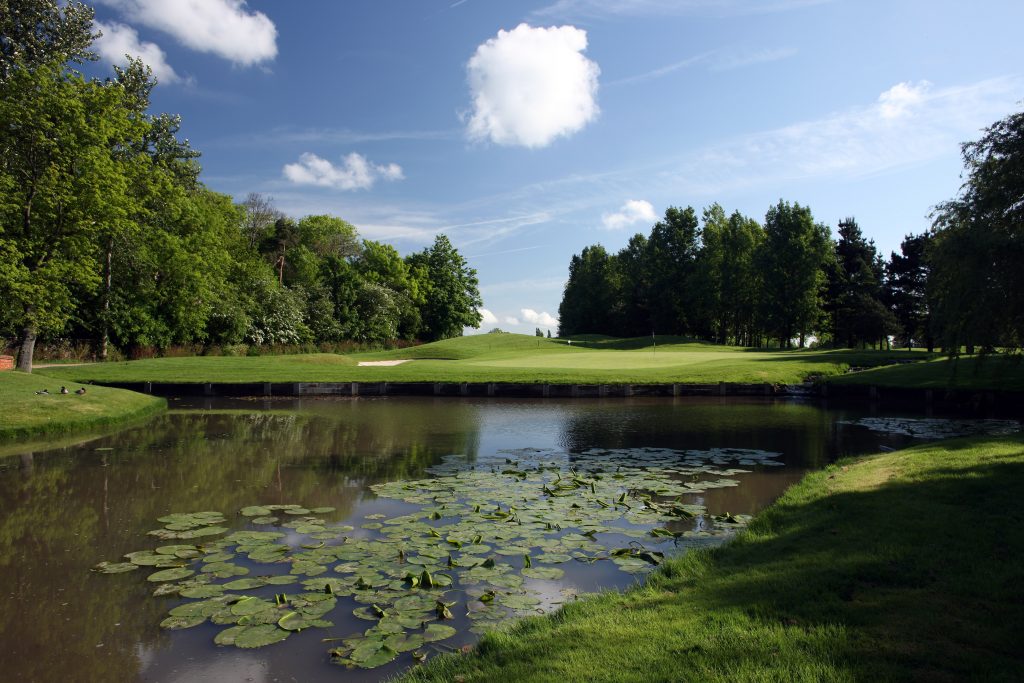
Aged 13 you knew nothing about greenkeeping and were on the road to academia, how do you view your journey now?
As I said earlier, you can only connect the dots looking back. Life is too short to stay in one place if your heart isn’t in it. So, I know it sounds cliché but if you aren’t happy, don’t stay, move, get out and live. My heart is a happy one.
My route is unconventional, for example thanks to a study financed by the Swedish University of Agricultural Studies, in Farrier School we had a deep session led by professor Lars Roepstorff about sand compaction, equestrian surfaces and impact and the difference in sands and their wetness and so on, which I was able to apply to bunkers on the course. No education is wasted. Similarly, microorganism studies in the gut and in the soil pH, which I learnt for producing hay for horses, is similar to the study of sugar levels in grass during different times.
If you are confident, any education can be converted.
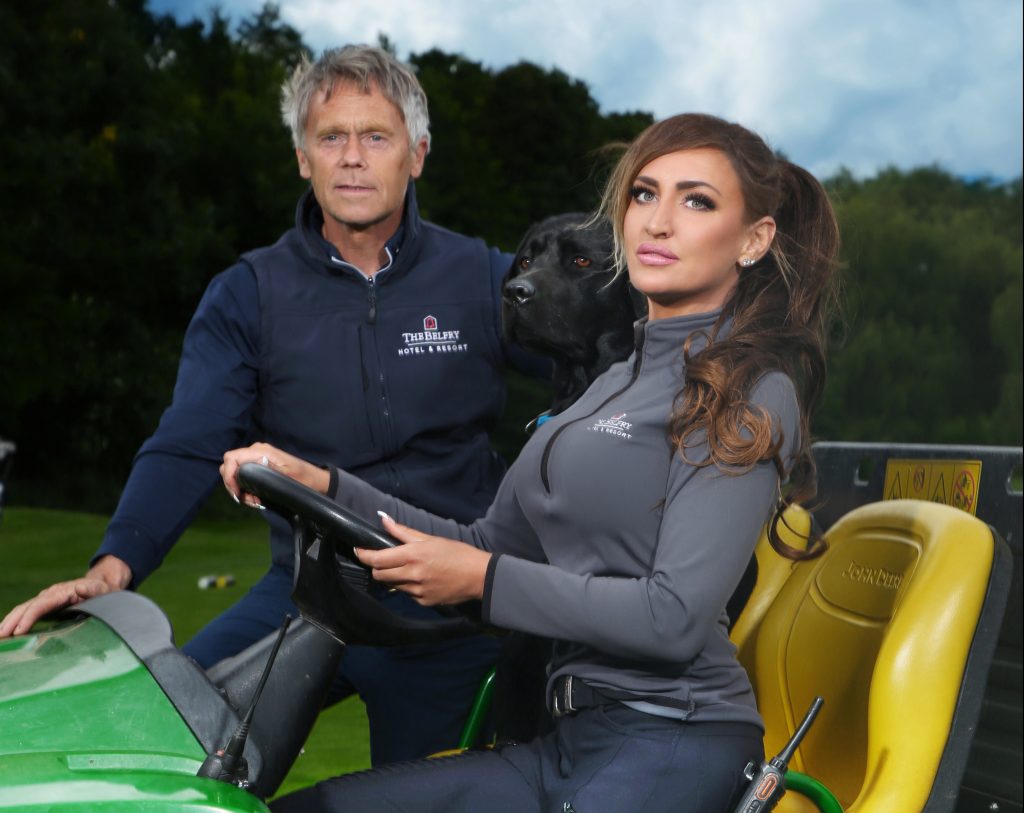
What have you enjoyed about working on a European Tour venue, and have you worked on courses that were due to host high-profile events before?
I have done a bit of everything before, for example I helped to set up courses at Scandinavian tours, and our golf courses have had several tours. I’ve had experience in getting the green structure peaking for the event day and re-turfing before tournaments. I live to produce a top-class product, and a tour always seems to bring that extra excitement.
At my past employer in Sweden, we had a partnership with the course next door for the European Tour and we saw the likes of Henrik Stensson, Beef, Johan Edfors and Martin Kaymer playing and a lot of pro/am, sponsors and so on. It was a good experience. I love the build-up for competitions, it’s a drug from my own competition career in horses, I think. I do like the planning and thought that goes into it. I do enjoy a rocky road up to an event, it gives me something to stick my teeth into!
When working in the Swedish golf sector you worked alongside and closely with handicapped employees. What were the reasons for this, what did you learn and what were the benefits to each party?
I want to welcome everyone to work in our sector so for me I don’t see it as anything else but standard. I have had some of the best laughs and good times with some of my extraordinary employees. It challenges you as a leader and teaches you to be a better leader.

You are active on Twitter – you said several people have messaged you to ask if you really are a greenkeeper! Why do you think that?
I do get a few raised eyebrows when I say I work as a greenkeeper, it’s probably because it’s such an awesome job and I look like a nerd!
How are you investing in yourself by way of education now and what plans do you have to enable you to develop for your future advancement?
I live, breathe and sleep golf courses. Most of my friends work with golf courses so it’s greenkeeping 24/7 for me. I love talking about it and sharing ideas, and every year we go to seminars to expand our knowledge. Angus is a great boss and he asked me for a SWOT analysis and then tailored a programme for me. My plans to further my qualifications and certifications in greenkeeping are all thanks to Angus and I am absolutely thrilled and so thankful. Thanks to Angus and The Belfry, I’m now qualified to drive the digger and dumper through City & Guild.
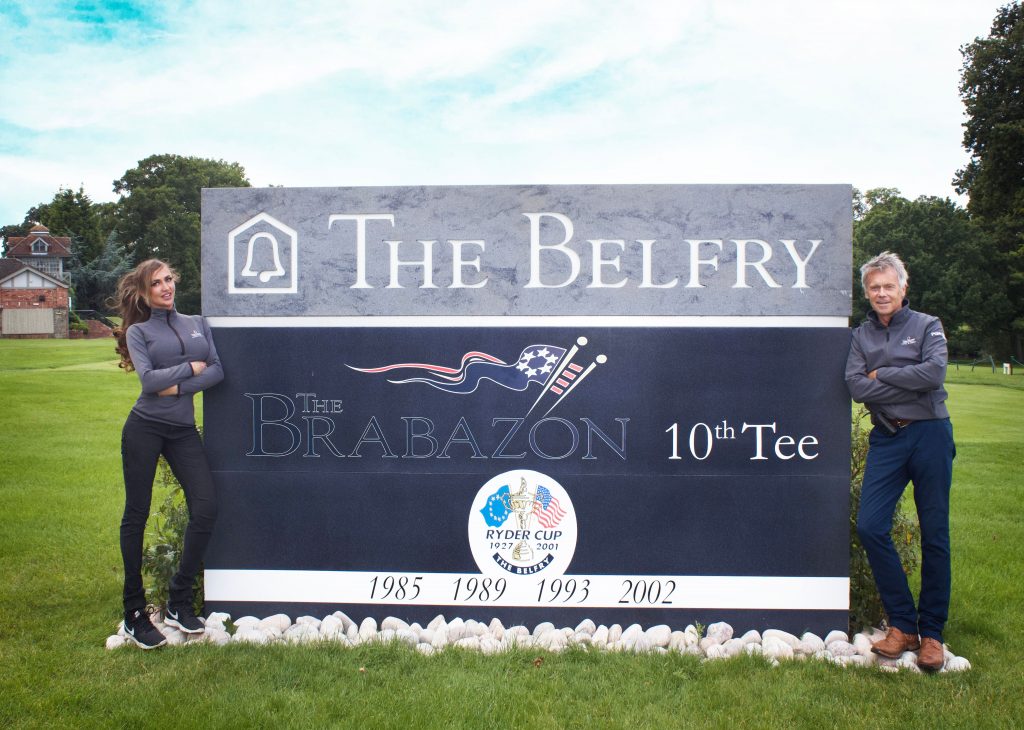
What is it that appeals to you about greenkeeping and what job satisfaction does it give you over and above the other career opportunities you have been fortunate to experience or had an opportunity to pursue but chose not to?
I had the choice between The Belfry or enrolling into helicopter pilot school in Sweden which I got into, and I knew that being an air taxi chauffeur was going to bore me, so the choice was The Belfry.
Our office is hard to beat, those early crisp mornings with the mist dancing across the lakes and then the greens all dewy excite me. Without sounding soppy, it’s beautiful and it feeds my soul like no other job has ever done. There is so much more to greenkeeping than mowing grass!
Some days I do miss forging horseshoes and shoeing remedial shoes and just working with horses. Then I remember the pain when a 900-kilo shire sits on you and my day dreaming is over! The turf industry doesn’t give me the Monday blues like other jobs have, and it’s the variation between meetings, irrigation, planning, TV and media and grass management. I enjoy not being sat at a desk every day from nine to five.
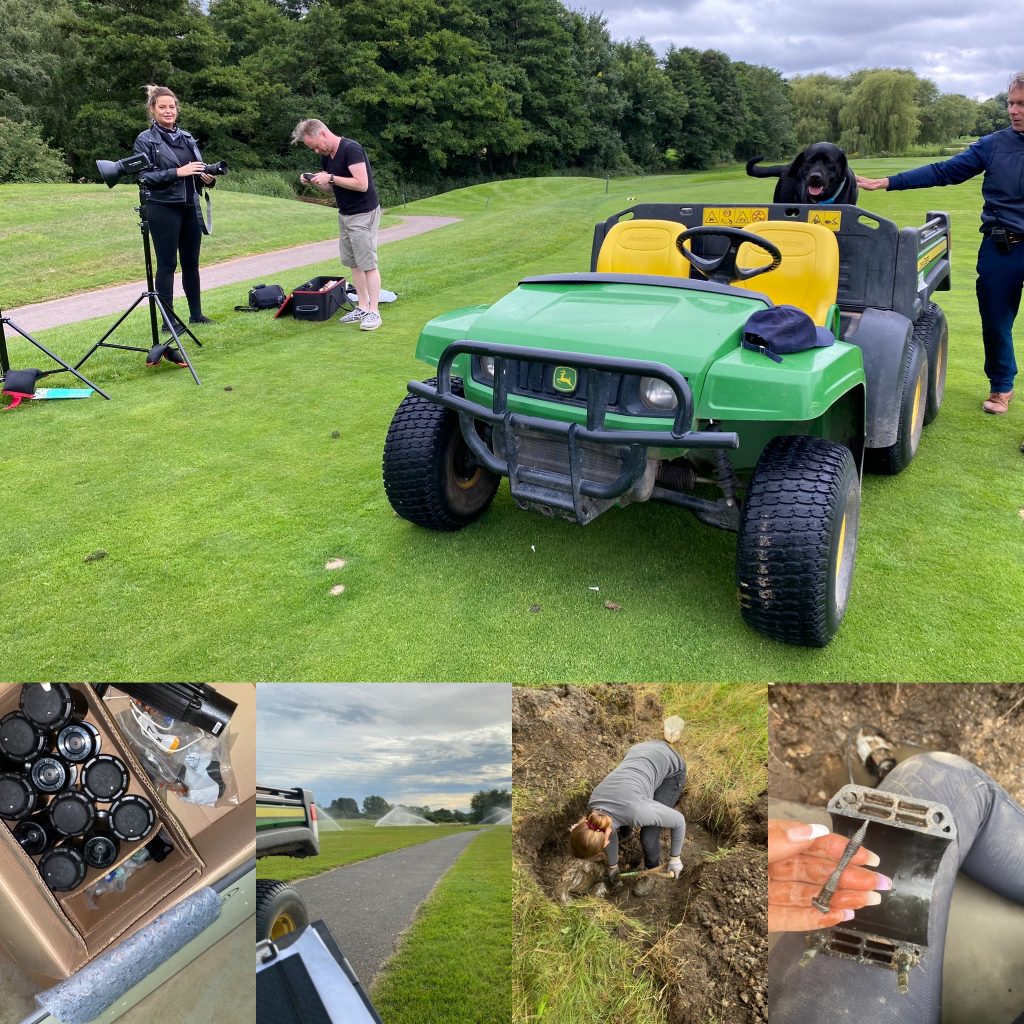
The photoshoot for this feature
What advice would you give to young women who may be considering a career in greenkeeping and turf management?
Go for it and completely boss it. Give me a call and I’ll be your big turf sister!

Angus Macleod
Hi Angus – your role is now more one of determining strategy for the golf courses and you have a tremendous team under your direction. What process do you follow to ensure the right candidates are selected for any position that might arise at The Belfry and what do you look for in people?
The Belfry’s golf courses are recognised as world-class which means we receive a lot of interest from around the world, so we are in a privileged position and always have a strong choice of candidates covering all areas.
We select on attitude – you can see the determination and spark in passionate candidates from the outset. I tend to judge candidates not on the interview questions I ask, more from the questions I get from them during the process. Also, we have to consider how they fit into the dynamics of the team; it’s a balance.
I like to just have a chat and make them feel relaxed and at ease and get to know their personality. I don’t particularly like the formal aspect of an interview.
I usually ask candidates about what they’re passionate about and sit back and listen. I’ve learnt so much about prospective employees through stories. Volunteering in any form always gets my attention.
If I am torn between candidates, I speak with the employees they met and interacted with when they arrived for their interview to gauge their opinions. This can be invaluable in terms of how they interacted with other team members.

What is the overall size of your current team and how is this split across the courses and estate?
We have just shy of 50 employees during the summer period and typically 35 to 40 in the off-season. The site is 550 acres, so fairly high maintenance.
The team includes:
- Two in projects and irrigation
- Two in workshop
- One buggy mechanic
- One PA
- One head greenkeeper
- Three deputies on their respective courses
- Four gardeners
- The rest of the team is split over the three courses. The Brabazon has the market share as price point dictates a higher level of presentation and expectations are higher.
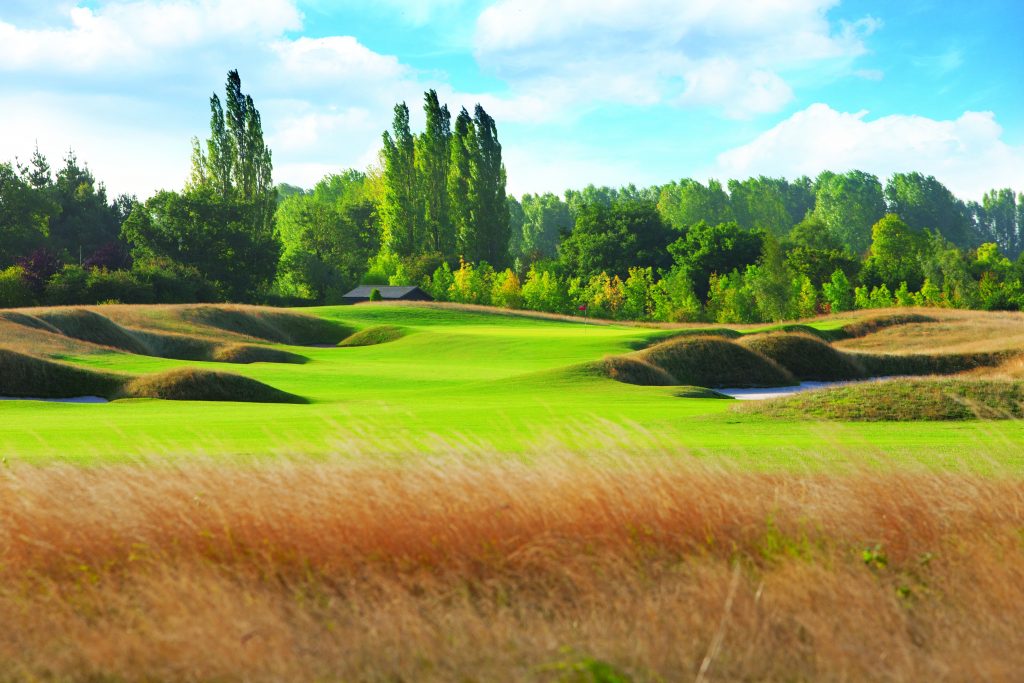
With your 37 years of career experience what would you say are the qualities necessary that will help carry ambitious people forward to succeed in a greenkeeping career and what advice would you give anyone wanting to achieve?
My biggest regret is I never worked overseas, experiencing different climates and turf types. I would recommend anyone serious on following a career in greenkeeping to work a minimum of two years on a variety of UK course styles, that is links, heathland and parkland experience. This will be invaluable as they progress and will open more options available to them in the future.
Take a punt, believe in yourself and your ability. You might question whether you can do a role or whether you’re ready but it’s better to have no regrets. I would rather fail miserably than have not tried. Ask questions – there’s plenty of knowledge out there.
Take on any training offered, it is a luxury and it will help you develop, give you confidence and you will be a more attractive candidate to a prospective employer. I instil my team with the motto “hard work trumps talent”.

There are very few women greenkeepers in the industry. With your personal experience, what does the female touch bring to golf course?
I think it’s fantastic that we are seeing more women in the industry, including here at The Belfry, from technical supplier reps on the road to agronomists to greenkeepers. It’s a great industry and if you like working outdoors, being creative and are determined and passionate about greenkeeping, then it’s the perfect industry for you.
It is great seeing schemes, such as Women & Girls’ Golf Week, unite the industry and raise interest in golf amongst women, which I hope leads to more women choosing to pursue a career in greenkeeping.
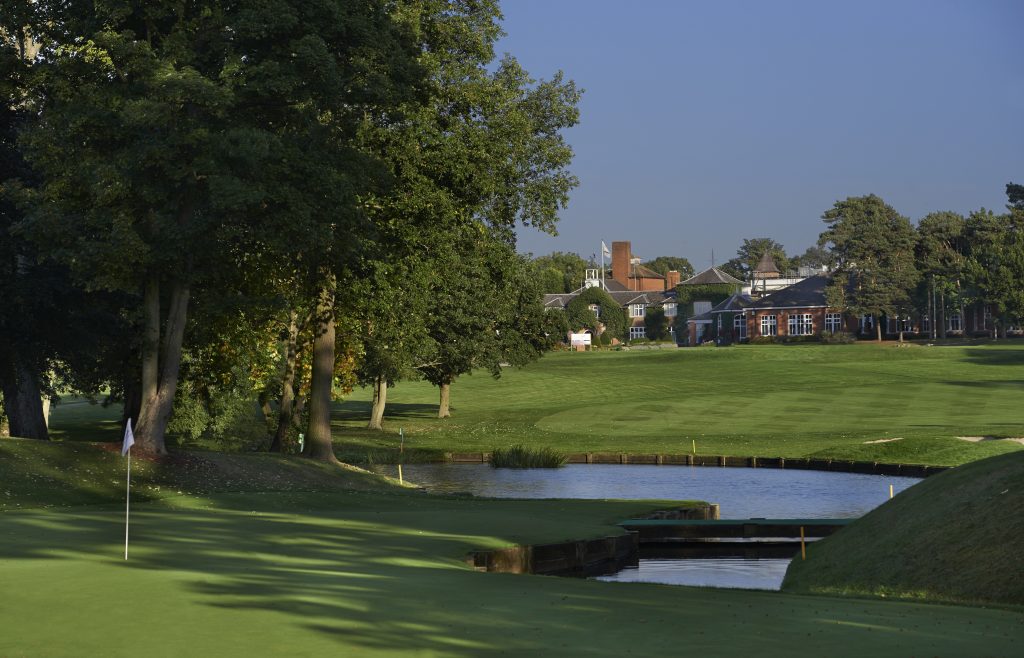
What advice would you give to women who may be considering a career in golf course management and how should they go about taking the first steps to ensure a solid career ahead?
I got into greenkeeping by accident, I was given a work experience spot as a 15-year-old as a schoolboy. I loved it from the first day!
Once my two weeks were over, I was offered an apprenticeship at my local private club. It’s too good an industry to be introduced like that, however, try it as a work experience option and see if any seasonal positions are available and try it for the summer. Send covering letters to your local clubs stating your interest and ask to be kept on file if they are not currently recruiting.

Finally, and on a completely different note, the companionship of a dog has played a big part of your working life (GreenKeeping interviewed Angus in 2014 and at the time Alba was his companion). You now have a new companion, Alvin. What has he brought to you and your daily working life, and how is he getting on?
Alvin ‘the Great’ is a wonderful new addition to The Belfry team. My role can be quite insular as I drive around a lot and spend a bit of time alone, so having a companion gets you out of the office and onto the golf course more.
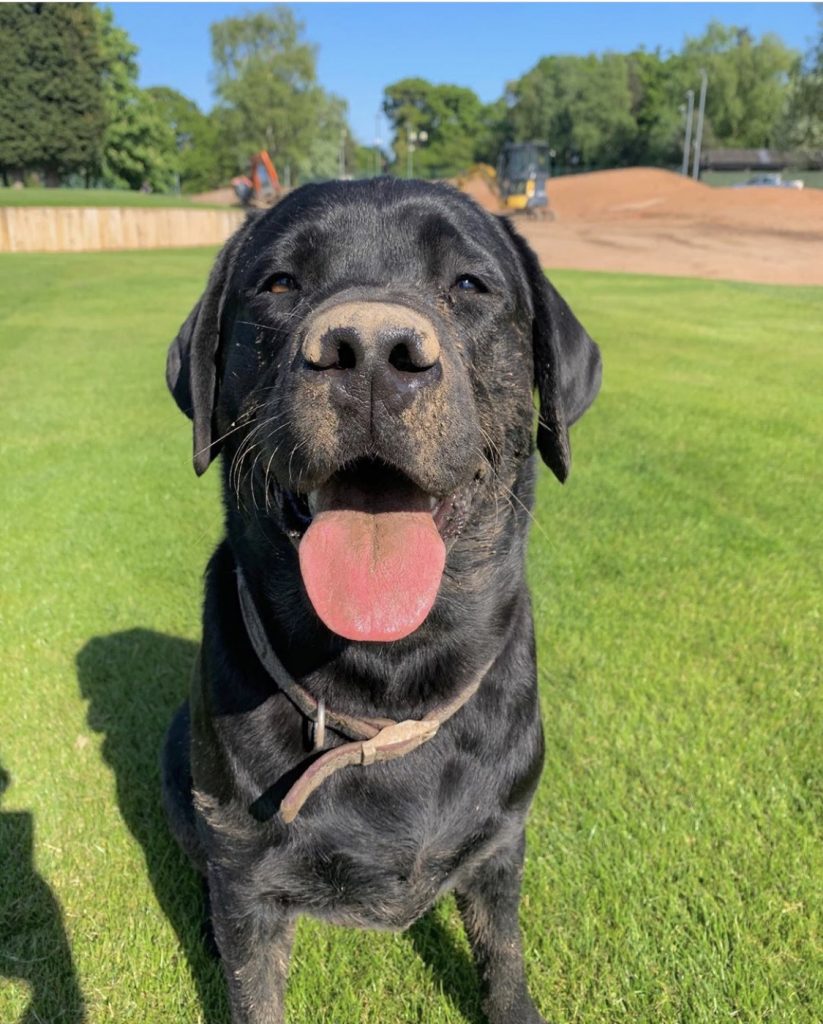
I spend a ridiculous amount of time on the courses anyway, especially in the evening when I drive around planning, checking turf, monitoring and collecting data, so he tags along, I can’t tire him out, he has so much energy.
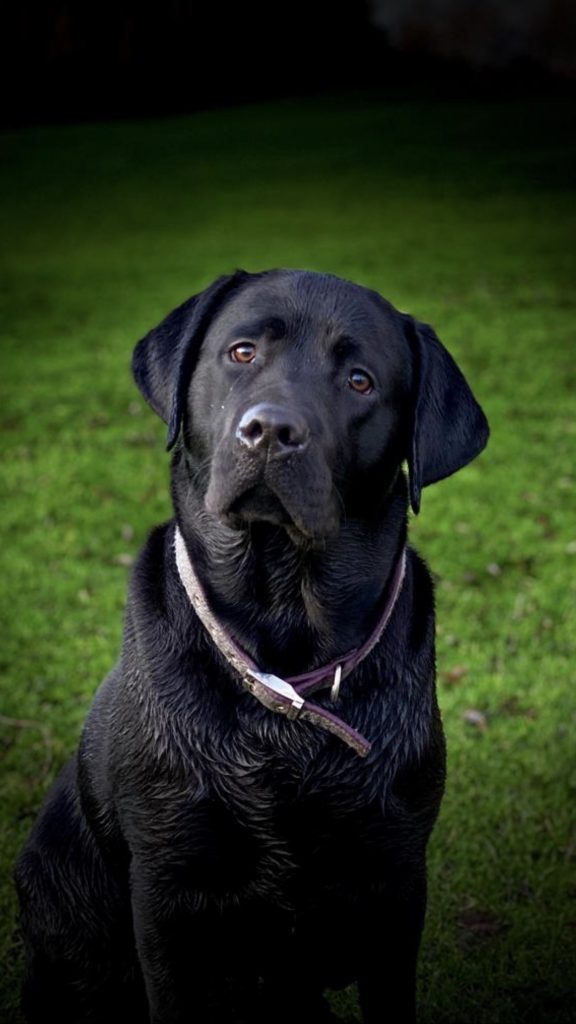
I am very grateful I can have him alongside me at work, as long as he behaves…
A number of people in the industry are commenting on this profile on LinkedIn.















I am look for a job and I am from RSA. I have my greenkeeping certificate and business management.
Just want to say, I have a Mexican married couple, and another Mexican young lady as my staff at Swainsboro CC. They are great. Good luck.
In many non European countries female employees make up a good proportion of golf course staff.So its great to see in Europe females forging ahead with their careers .
Wow !! Congrats to Anna !! Being a greenskeeper requires a great amount of focus, discipline and attention to detail !! It also requires management skill in the areas of fertilization, chemical applications and disease control, balancing a lot of processes and being organized !! Women are well suited to lead because of their mastery of the softer skills of leadership, getting more out of people !! Female greenskeepers ? Lots of hard, dirty and complicated work, but why not !!
Good for you, go with your cut feeling.
Vallentuna Golf Club is waiting for you